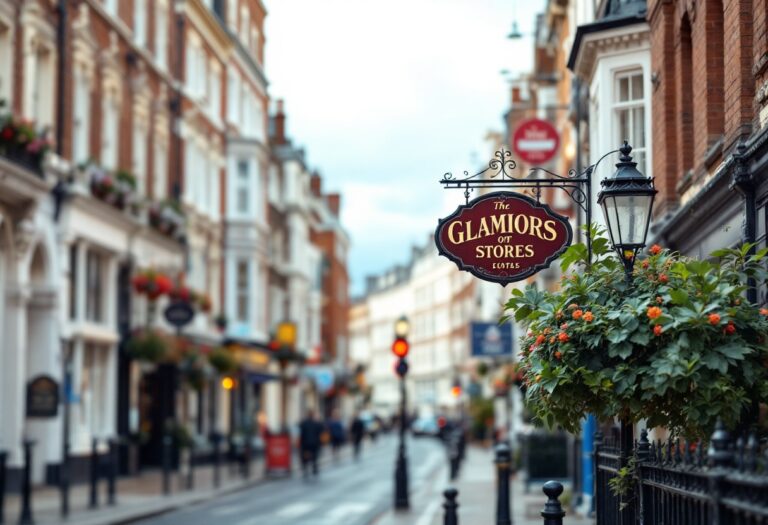Argomenti trattati
The legacy of the 40 Elephants: London’s notorious all-female gang
In the annals of London’s criminal history, few stories are as captivating as that of the 40 Elephants, an all-female gang that dominated the city’s shoplifting scene from the late 19th century until the 1950s. This gang, known for their audacious heists and flamboyant lifestyles, was led by the formidable Alice Diamond, whose exploits have recently been revived in the new Disney+ series, A Thousand Blows. The series, penned by Steven Knight, brings to life the thrilling tales of these women who were as stylish as they were cunning.
The rise of the 40 Elephants
The 40 Elephants emerged during a time when London was bustling with commerce and opportunity. Operating primarily in the West End, they became notorious for their elaborate shoplifting schemes, which often involved dressing in the latest fashions to blend in with high society. Their tactics were sophisticated; they would enter stores in groups, creating distractions while others pilfered valuable items. This method not only showcased their audacity but also their remarkable organization, as they executed heists with military precision.
Brian Macdonald, a historical author and nephew of one of the gang’s members, recounts the gang’s exploits with a mix of admiration and disbelief. He notes that their reputation was so formidable that their activities even made headlines across the Atlantic. The gang’s leader, Alice Diamond, was particularly infamous for her cunning and strength, often described as a woman who could deliver a punch that left a lasting impression.
The glamorous yet dangerous lifestyle
Life as a member of the 40 Elephants was not just about theft; it was also about living lavishly. The gang frequently hosted extravagant parties funded by their ill-gotten gains. These gatherings were a spectacle, filled with champagne, laughter, and the latest fashions, drawing in associates and admirers alike. Brian describes these events as grand affairs, where the women dressed to the nines, inspired by the film stars of the 1920s. However, this glamorous lifestyle came with its own set of dangers, as rival gangs and law enforcement were always lurking.
Moreover, the gang adhered to a strict code of loyalty, which dictated their actions and relationships. This code not only fostered a sense of unity but also ensured that members would not betray one another, a crucial element in their survival in the criminal underworld. Despite their criminal activities, the women of the 40 Elephants were often seen as figures of empowerment, challenging the norms of their time.
The downfall of a legendary gang
As the years progressed, the 40 Elephants began to decline. By the 1950s, advancements in security technology made it increasingly difficult for shoplifters to operate as they once had. The gang that had once been hailed as the cleverest thieves in the world found themselves outmatched by modern security measures. Brian reflects on this decline, noting that while shoplifting continues today, it lacks the flair and audacity that characterized the 40 Elephants’ reign.
Ultimately, the legacy of the 40 Elephants serves as a fascinating chapter in London’s history, highlighting the intersection of crime, fashion, and female empowerment. Their story is a reminder of a time when women could wield power and influence in a male-dominated society, leaving behind a legacy that continues to intrigue and inspire.

